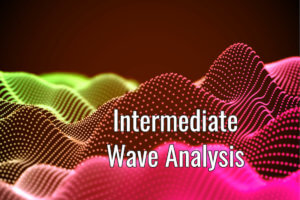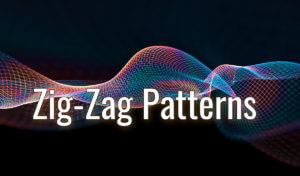Indicators are a useful tool that can aid in supporting the analysis process. In this educational article, we will review the Awesome Oscillator and how it can help us in an Elliott Wave study.
The basics
The Awesome Oscillator (AO) is also known as the Elliott Wave oscillator, was developed by Bill Williams. The AO measures the immediate momentum of the five previous periods, compared with the momentum of the last 34 periods.
The calculation is based on the simple moving average of the midpoint (HL / 2) of 34 periods minus the simple moving average of the midpoint of 5 periods.
Elliott Wave and the Awesome Oscillator
The following chart corresponds to the Johnson and Johnson (NYSE:JNJ) weekly chart. The bullish motive wave started with the August 2015 low at $128.51 per share. From this low, JNJ began to a bullish sequence, which drove it to reach the $148.32 level.
From the AO oscillator, we can recognize the following elements of the price action:
- Trend bias: If the trend is bullish, the AO will be positive. If it is bearish, the oscillator will move on the negative side. For our example, the market direction of the range of time studied corresponds to a bullish trend.
- Wave three: We can identify wave three with the most prominent distance of the AO. From the JNJ example, we distinguish a wave (3) of Intermediate degree labeled in black. At this point, the stock reached $125.90 per share. After this peak, JNJ started a corrective sequence, and the oscillator began to decrease, even moved in the negative side.
- Wave five: In the same way as the third wave, we can recognize the fifth wave watching the AO because momentum follows the dominant trend. However, in this segment, the oscillator shows a divergence between the peaks of waves three and five. In our example, JNJ ended the wave (5) on the half of January 2018 at $148.32 per share. We can observe the bearish divergence between the price and the oscillator.
- Corrective waves: We can use the AO to identify corrective waves watching how it decreases against the prevailing trend. From the JNJ chart, the oscillator turns negative when the price develops a retracement.
In summary, the Awesome Oscillator can be a useful tool to complement the EW analysis, especially in wave identification. A divergence involves the exhaustion of the movement, but the price is not compelled to reverse the trend.






